Rambutan
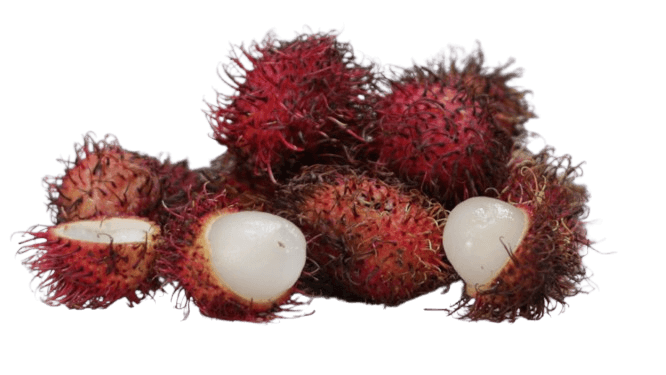
Rambutan (Nephelium lappaceum) is a tropical fruit known for its hairy, spiky red or yellow skin and sweet, juicy, translucent flesh similar to lychee. If you’re looking for fruits that resemble rambutan in appearance, texture, or structure, here are some close matches:
1. Pulasan
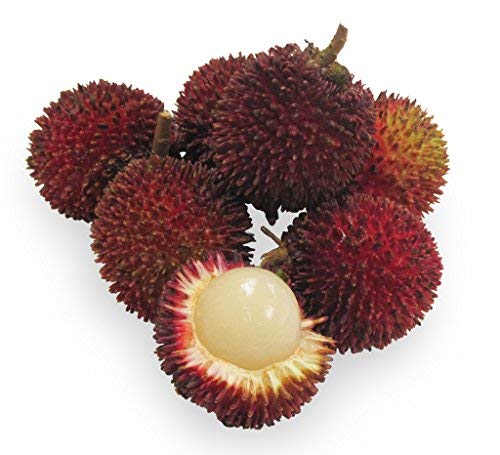
Pulasan is often mistaken for rambutan at first glance. It shares a similar red outer shell covered in short, thick, blunt spines or “hairs,” though they are less flexible than those of rambutan. The fruit is round and roughly the same size, with translucent white flesh and a glossy brown seed inside—almost identical to its hairy cousin.
2. Lychee
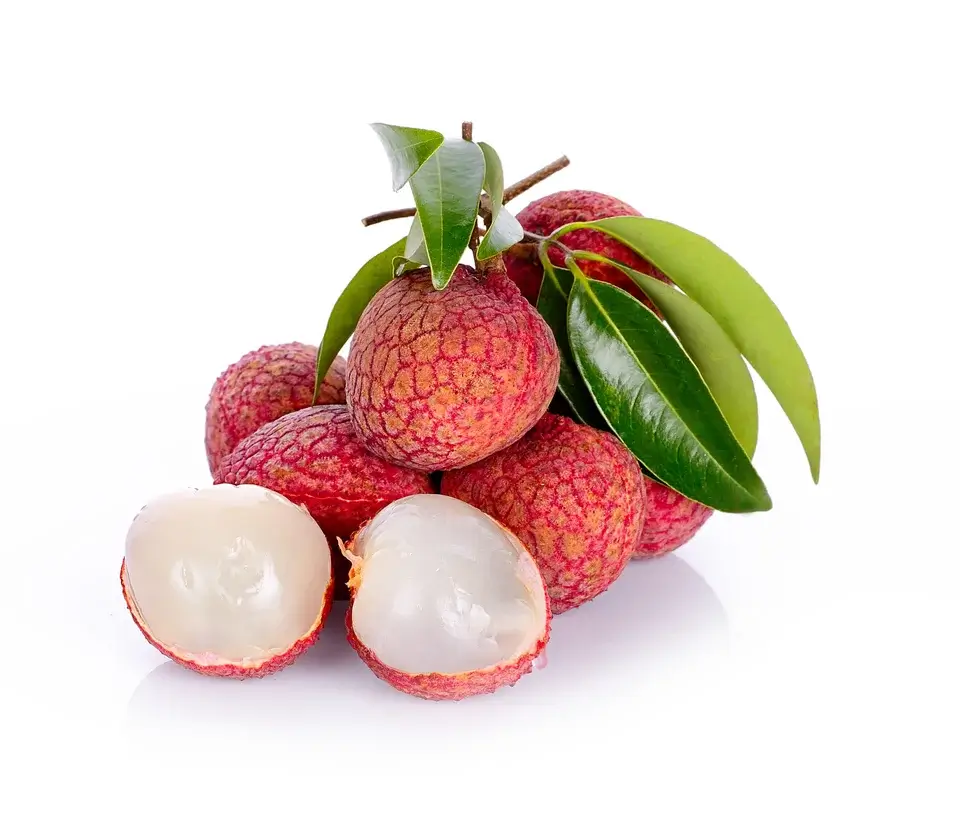
Lychee doesn’t have hair-like spines, but its reddish, textured skin creates a visual resemblance to rambutan from a distance. Both fruits are small, roughly the size of a golf ball, with juicy, white translucent flesh and a central seed. Its bumpy surface mimics the irregularity of rambutan’s spines.
3. Korlan
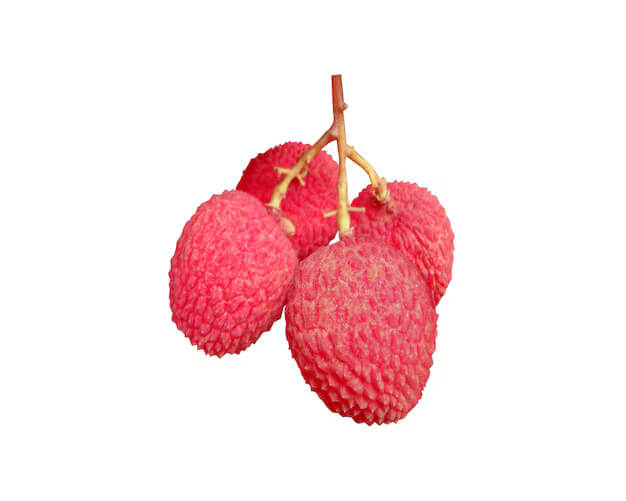
Korlan is a lesser-known cousin of rambutan and lychee, belonging to the same Nephelium genus. It has a reddish to dark red shell with a slightly rough or faintly spiky surface, though not as hairy as rambutan. The internal flesh is also similar: juicy, translucent, and wrapped around a central seed.
4. Bayberry
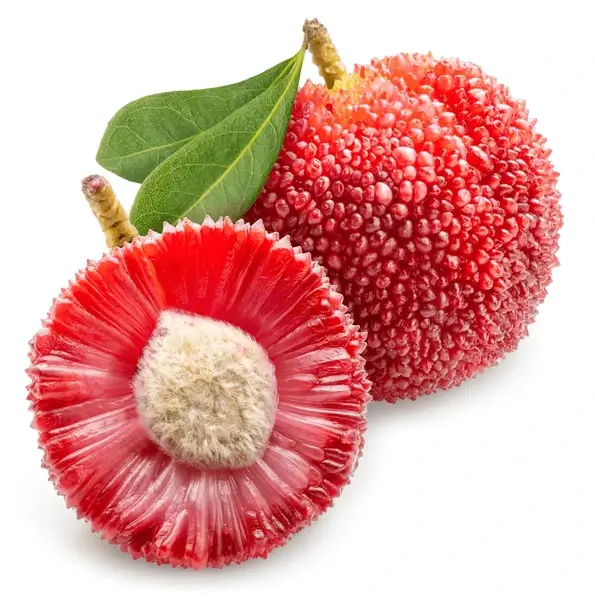
Bayberry is small and round, with a deep red or purplish skin that is covered in soft, tightly packed projections, giving it a spiny, fuzzy look. While the texture is finer and more delicate than rambutan’s long spines, the overall look—especially the deep red color and bumpy surface—makes it a visual cousin of rambutan.
5. Gac Fruit (Young Stage)
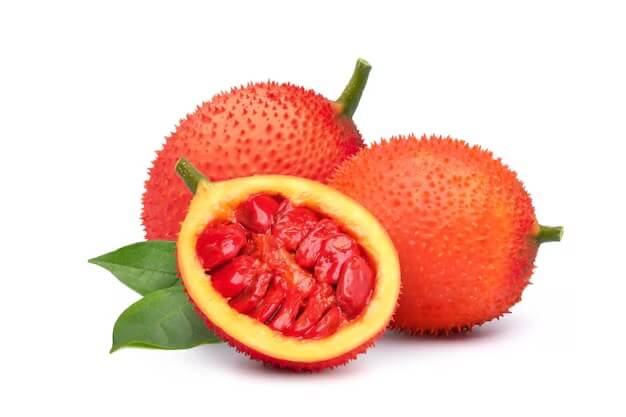
Young gac fruit often has a vibrant red to orange hue with a densely spiny or bumpy outer skin, making it resemble a large, rugged version of rambutan. Its spikes are firmer and more pointed, but the color and dramatic texture echo rambutan’s wild appearance.
6. Madroño (Madrono)
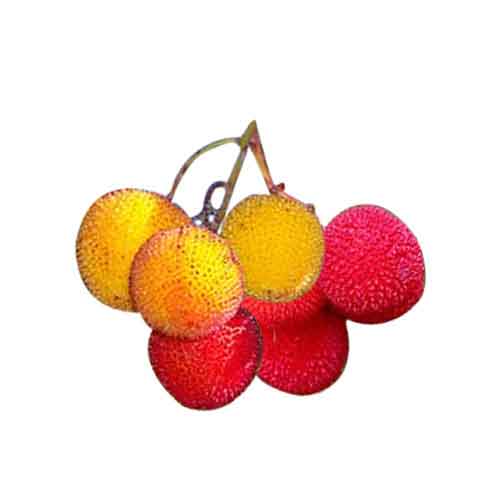
The madroño fruit has a rough, bumpy red exterior with fine, wart-like nodules or tiny soft spines that visually parallel rambutan’s spiny texture. Its small, rounded shape and rich red tone contribute to its resemblance, although its spines are not as pronounced or hair-like.
